There is only one Austrian grazing project for conservational purposes like in Germany, where Hungarian Grey cattle is used (more on that in a future post). All Heck cattle in Austria are kept in zoos, game parks or private farms. There are three zoos/game parks that keep Heck cattle, two of which I already visited several times and I am going to present a number of photos I took there here.
Zoo Haag
I enjoyed the herd at Haag because of their aurochs-like colour, with the exception of some bull-coloured cows and a very lightly coloured individual that was born one and a half year ago. The bull of the herd is really heavy, but interestingly it has an S-curved back with a little shoulder hump. There is a cow that looks exactly like some Corsicana (uppermost). Like the herd at Lainz, this one is mediocre, but there are worse Heck cattle herds. I had the opportunity to measure them: the bull is 140 cm tall at the shoulders, and one of the cows 130 cm - normal Heck cattle size. They were very tame and allowed me to stroke them all over their back, neck and face and even to touch their horns.
Lainzer Tiergarten
The Lainzer Tiergarten in Vienna is a large game park that also contains a protected forest. They have a herd of Heck cattle that has a pretty large paddock with bushes, trees and grassland. The founding population for Oostvaardersplassen also had Heck cattle from Austria, and I suspect that these were from this population. The herds breed freely and there are several bulls within the herd, what means that there must be some competition for the females. I don't know if the managers of the herd select individuals out. Three years ago, I discovered a piebald bull calf within the herd, I am going to check if this bull is still within the herd. Interestingly, one of the bulls has horns that face more forwards than usual in Heck cattle. At first, I thought this might be the result of the cattle breeding freely over the three decades they have been living in that park, but then I discovered that some un-crossed Heck cattle at game parks do have forwards-facing horns (like this bull at Rheingönheim), which is rather surprising.
Apart from that, the herd is pretty mediocre. Although many individuals have long legs, their bodies are relatively heavy and, with some exceptions, not slender. The horns of all cows are upright and thin and they have juvenile skulls. The colour is good in most individuals. One young bull has these interesting curly hair in their winter coat, probably a legacy of Highland cattle.
Tyrol
There is a Heck cattle herd in commercial use in Tyrol in an outdoor museum at Umhausen. Perhaps they are bred for meat because one of the bulls is really really heavy (see this video here, the heaviest Heck bull I have ever seen, even heavier than many Highland bulls). The other one of their bulls is from Hellabrunn, which is a good thing because this herd has good colour and acceptable horns. Remember that Heck cattle is a normal breed, the breeders are free to do what they want and Heck cattle per se is not a breeding back project (anymore). Umhausen is the Heck breeding location at highest altitude, and they graze an alpine pastures like their relatives of the Braunvieh breed do, and they fit surprisingly well into this beautiful typically Austrian landscape (I did not take the photo down below myself).

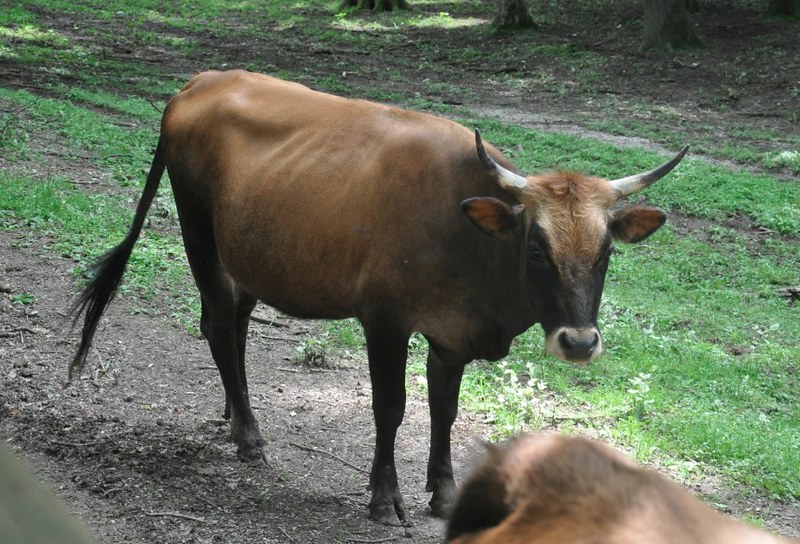
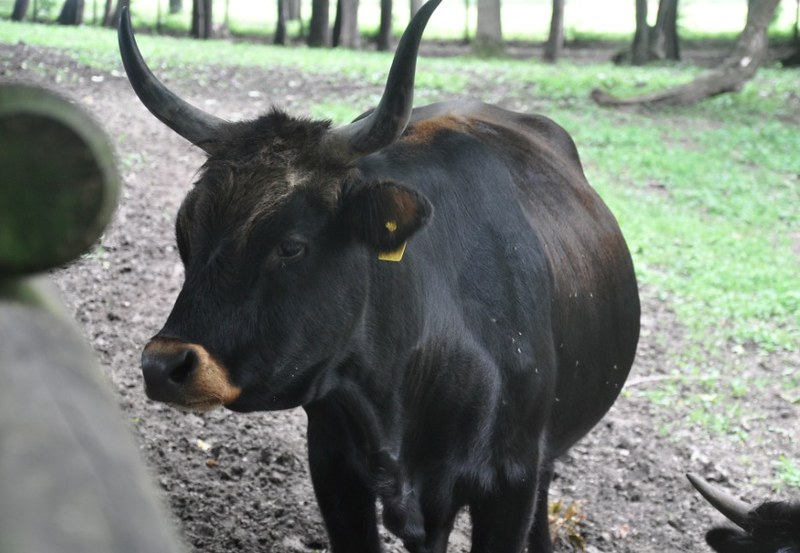
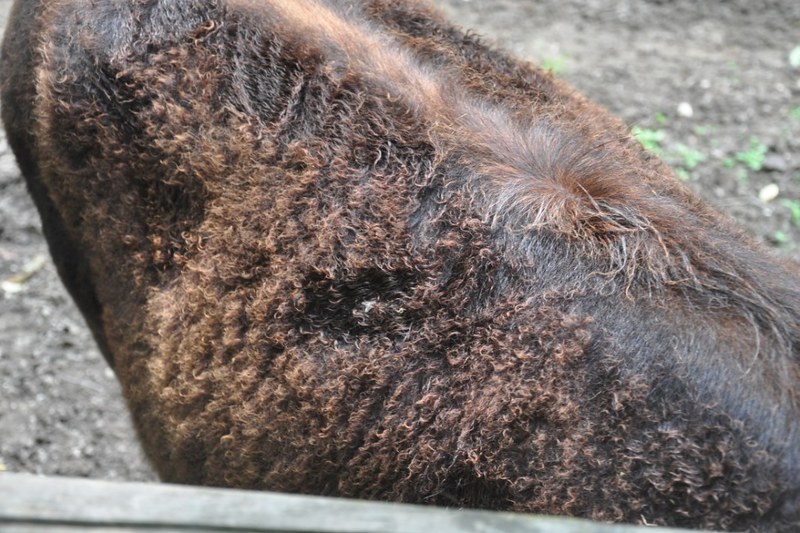

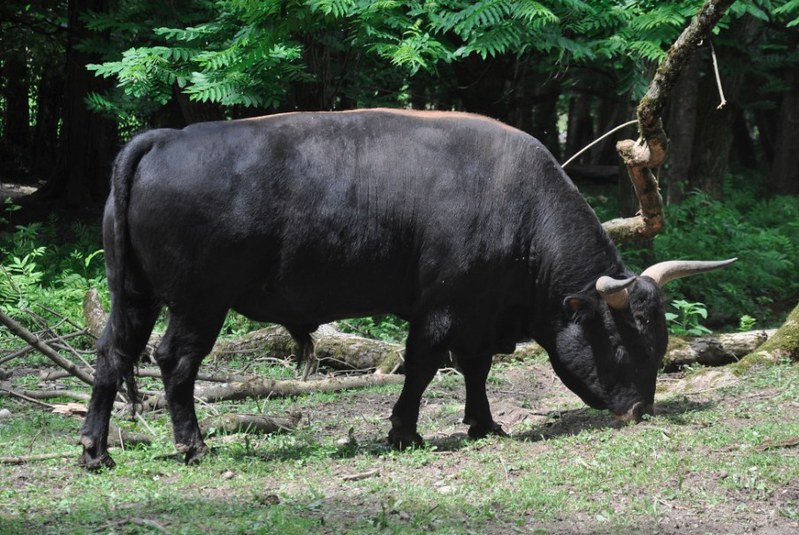
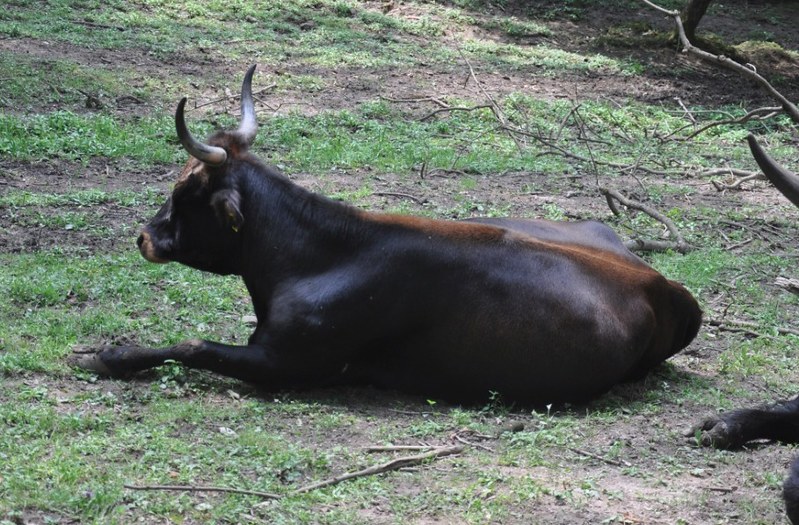

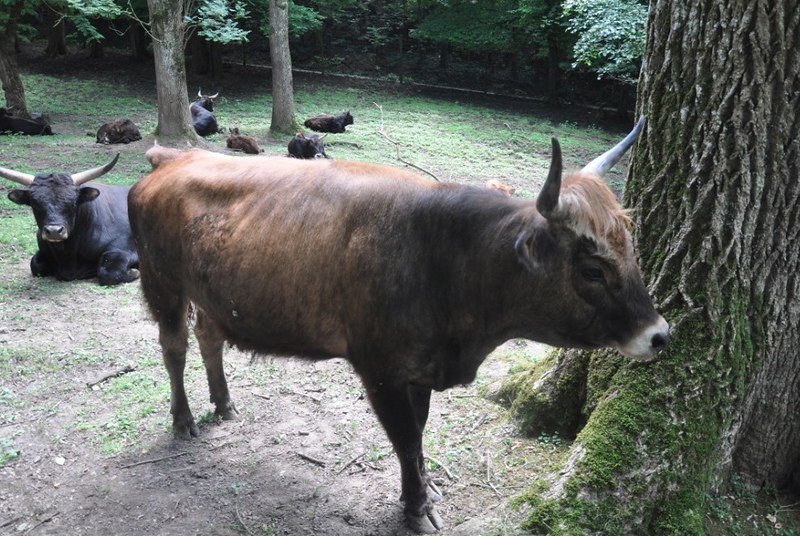

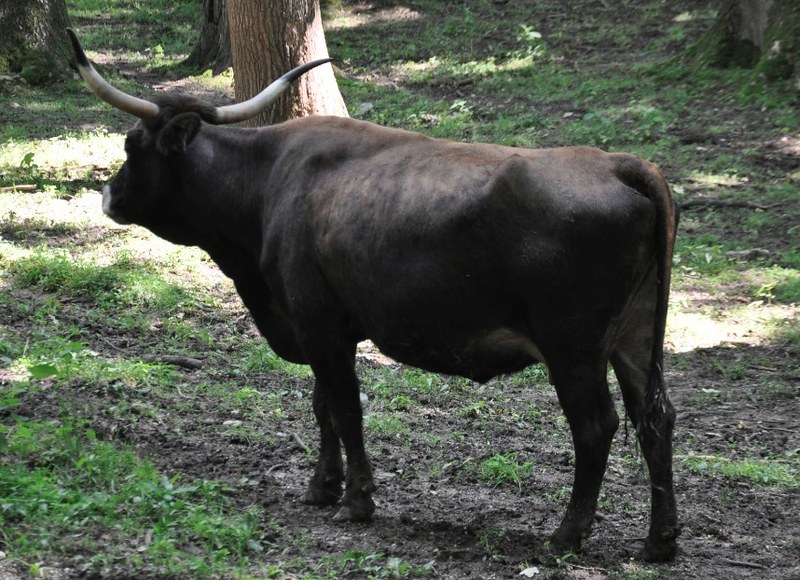

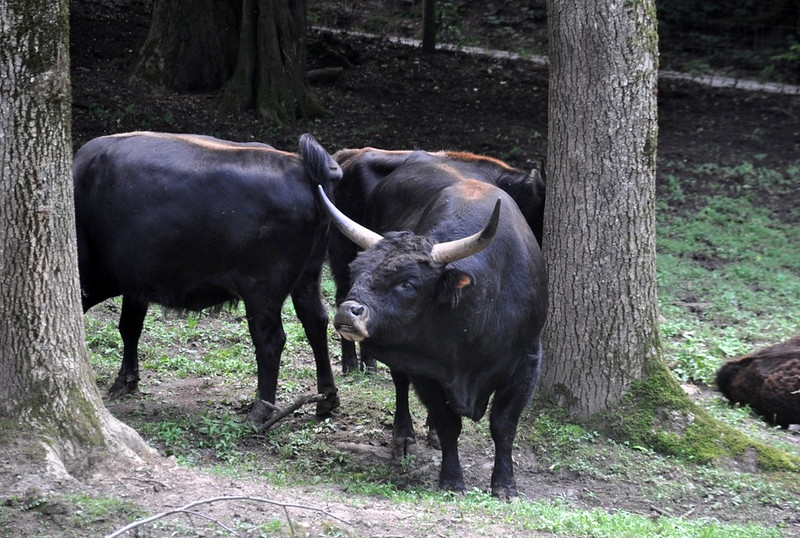


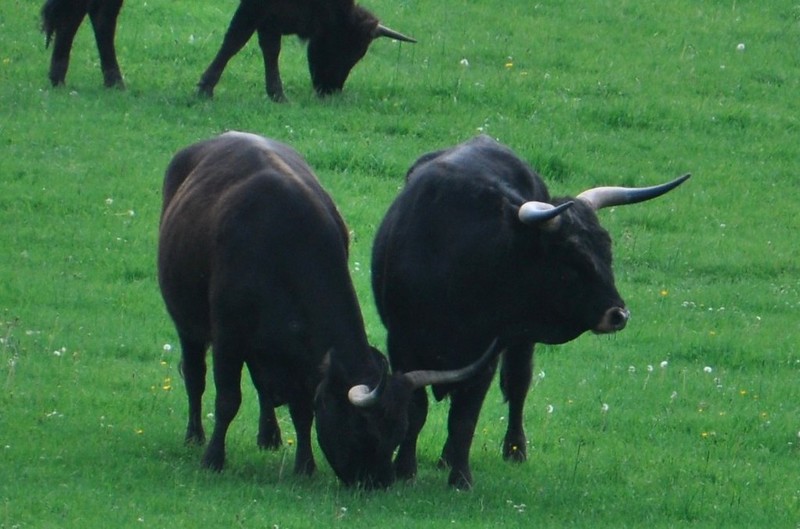
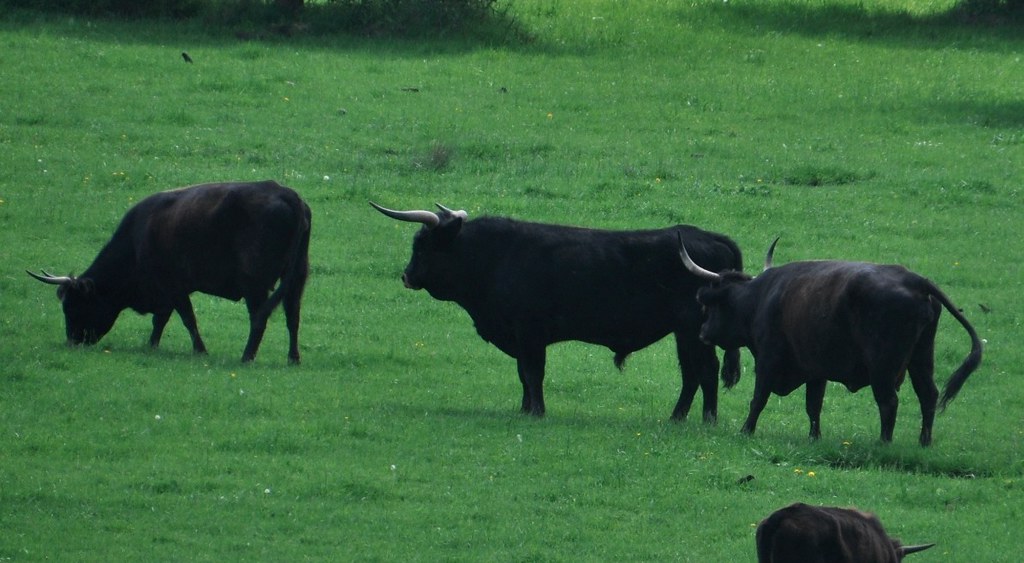
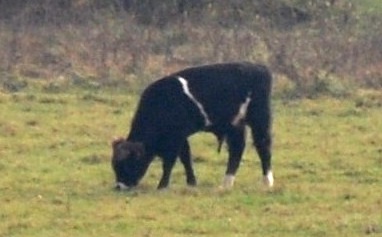

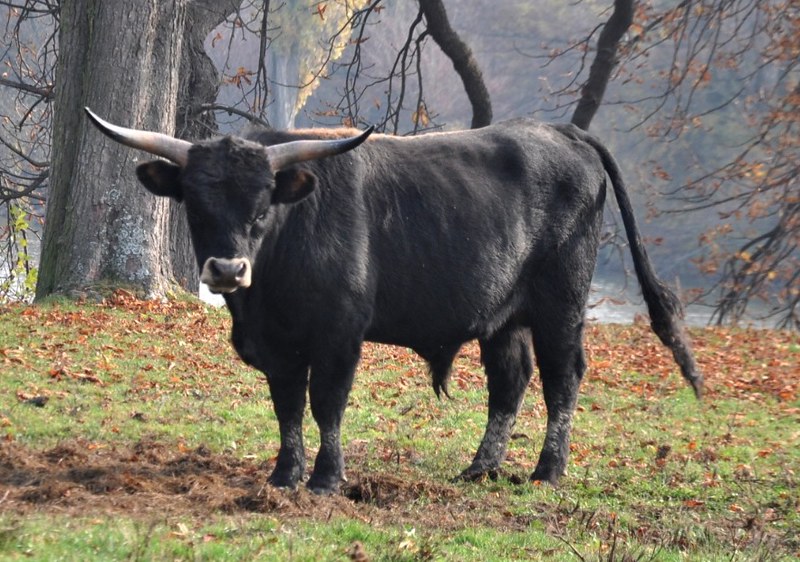

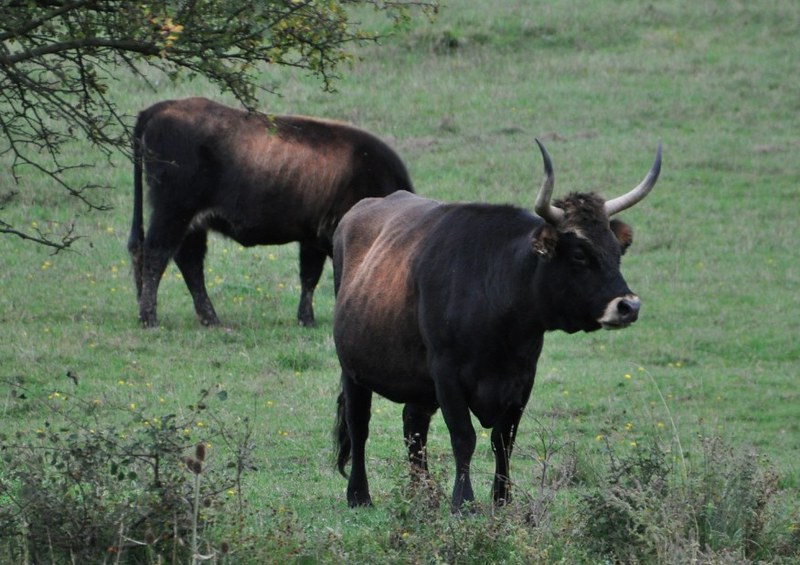
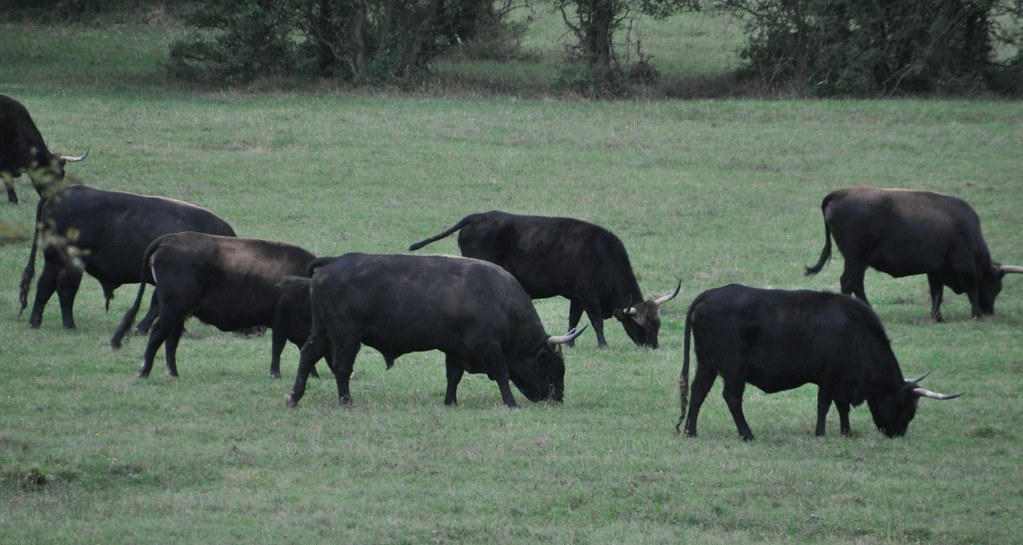
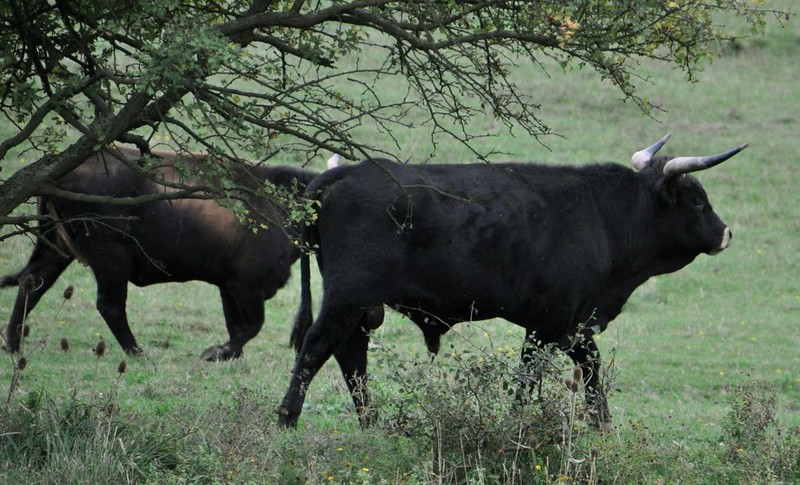
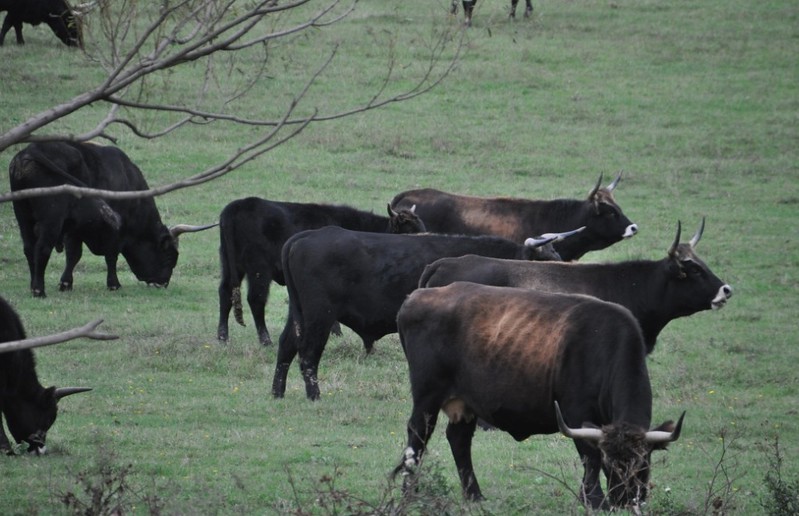
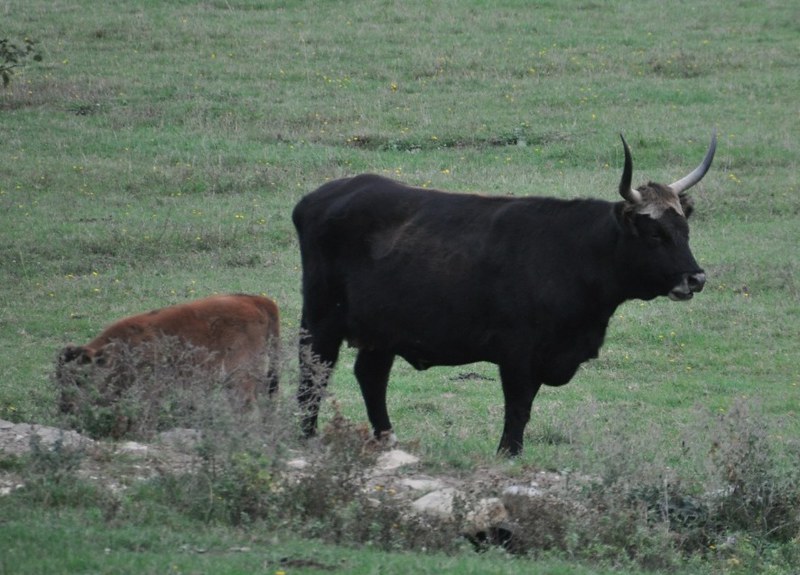

Just for the sake of context I'll quote my post on the other site.
ReplyDelete>>>"Umhausen is the Heck breeding location at highest latitude, and they graze an alpine pastures like their relatives of the Braunvieh breed do, ...."
Don't you mean altitude? Granted there is a "rule of thumb" regarding the effect of a relationship between the two and, "ecologically speaking", it could also be true, in effect, as an interaction between the two.<<<
To which you replied,
>>>Yes, altitude, I was too hasty once again, ... <<<
I found the "rule of thumb" on the Internet, Roberta will be so proud of me (sic), it is called the "Bioclimatic Law". It is only a crude approximation and on average amounts to 400 feet of altitude equaling one degree of latitude. It would be interesting how this relates to the northern limit of the range Aurochs. It would have a bearing on the seasonal distribution of Aurochs in Mountainous areas. Do you know if these cattle in the sub-alpine zone are seasonal like the domestic dairy cattle or if they are stationary with or without winter feeding?
I'm inclined to doubt that Aurochs were year around residents of the coast, wintering further inland, perhaps at some distance, and that this the reason for OVP Heck cattle not doing all that well.
The Heck cattle there are in normal, agricultural use, just like Braunvieh. So I think they don't provide us a clue about how the aurochs would behave in an alpine region. Unfortunately I don't know what is the highest altitude from which aurochs remains are known, but I think they did not went go as high as wisents do.
ReplyDeleteDo any of these reconstructed-aurochs varieties have a heavy winter coat?
ReplyDeleteYes, all aurochs-like primitive landraces have a dense, bilayered wintercoat that isoletes them even so well that snow doesn't melt on their bodies, like in Bison and deer for example.
Delete